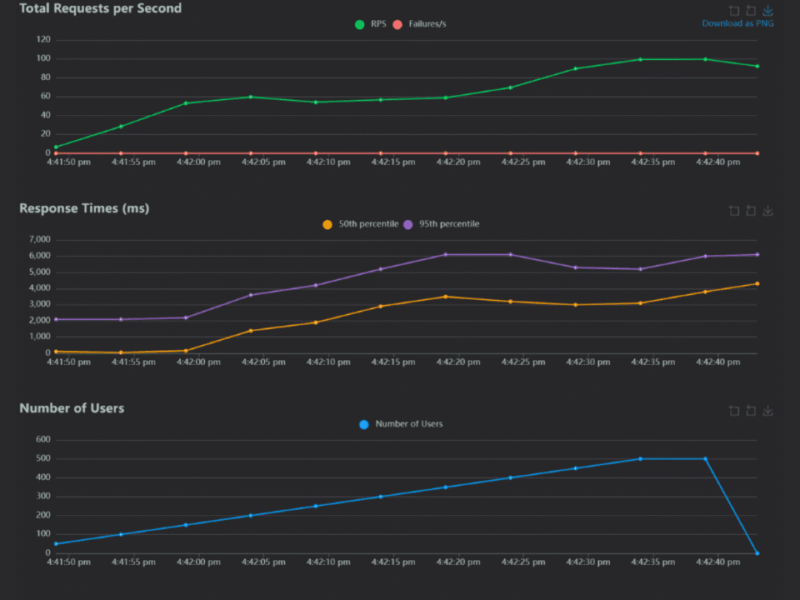Uploading is a fundamental process in our digital world, enabling users to transfer files and data from their devices to remote servers. This interaction shapes how we share information, collaborate on projects, and use online services. Understanding uploading is essential for anyone working with technology, whether for personal use or in a business setting.
What is uploading?
Uploading refers to the transfer of data from a local device, such as a computer or smartphone, to a remote server or cloud service. This process enables users to share files, images, videos, and other types of content across the internet. Unlike downloading, which brings data from a server to a device, uploading involves sending data in the opposite direction.
Understanding the upload process
The upload process engages multiple components, including the user’s device, the internet connection, and the destination server. Each step in this chain is crucial for ensuring successful transfers. Factors like internet speed, the chosen protocol, and file size can significantly impact the efficiency and effectiveness of uploads.
Distinction between uploading and downloading
From a user perspective, uploading and downloading are two sides of the same coin. Uploading is focused on sending information out, while downloading is about receiving it. For example, when a user uploads a photo to social media, they are sharing a piece of data. Conversely, downloading a photo means retrieving it from the internet to view it locally.
Methods of uploading
Different protocols and methods facilitate uploading, each suited to specific needs and functionalities. Understanding these methods can help users select the most effective approach for their tasks.
Various protocols for uploading
- File Transfer Protocol (FTP): A standard network protocol used for transferring files, FTP allows secure file uploads across the internet. It is particularly effective for transferring large files and managing website content.
- Hypertext Transfer Protocol (HTTP): Widely used for web-based uploads, HTTP enables users to upload content directly through web browsers, making it simple and efficient for everyday tasks.
- Peer-to-Peer (P2P) uploading: This method distributes file sharing among users, allowing them to upload files directly to one another. BitTorrent is a popular protocol that exemplifies P2P technology.
- Email uploads: Many email services allow users to upload attachments. This method is common for sharing documents and images but often comes with size restrictions.
Technical aspects of uploading
Understanding the technical components of uploading can help users navigate the challenges associated with data transfers, including speed and capacity limitations.
Measuring upload speed
Upload speed, typically measured in megabits per second (Mbps), indicates how quickly data can be sent from one device to a server. Higher upload speeds result in faster transfers, reducing wait times for users.
Bandwidth considerations
Bandwidth refers to the maximum data transfer capacity of an internet connection. It plays a critical role in determining upload speed, affecting how quickly files can be uploaded. Users need to consider both their internet plan and the performance of their network hardware.
Asymmetrical vs. symmetrical connections
Asymmetrical connections provide different speeds for uploads and downloads, often favoring download speed. In contrast, symmetrical connections offer equal upload and download speeds. While asymmetrical connections are typical in many households, symmetrical ones are beneficial for businesses needing robust upload capabilities.
Upload speed requirements for services
Different online activities require varying upload speeds. For instance, video conferencing typically needs at least 3-5 Mbps for stable calls, while uploading high-definition videos to platforms like YouTube can require significantly more bandwidth.
Implications of uploading for different users
Every user group experiences unique challenges and benefits regarding uploading speeds and methods, based on their specific needs.
Benefits of symmetrical connections
Symmetrical connections offer substantial advantages for businesses, allowing for efficient data management, hosting services, and seamless client interactions. These connections enable smoother performance for tasks requiring rapid uploads, such as real-time data backups and content sharing.
Use cases in emerging technologies
In cloud computing, the importance of upload speed is underscored, as many cloud applications require fast data transfers. Data-intensive tasks like cloud backups, software updates, and collaborative editing depend heavily on efficient uploading. Furthermore, in Internet of Things (IoT) applications, where devices continuously transmit data, high upload speeds are essential for maintaining performance and reliability.
Security risks in uploading
Uploading files poses several security risks, including the potential for malware infections and data breaches. Users must be vigilant about the files they share and utilize secure protocols to protect sensitive information during the upload process.
Additional considerations
Beyond popular protocols like FTP and HTTP, many other network protocols exist that support various forms of data transfer. Exploring these alternatives can help users discover additional methods suited to their specific requirements.
Bandwidth management techniques
Implementing bandwidth management techniques can optimize uploads for users and businesses alike. Prioritizing essential traffic, scheduling large file uploads during off-peak hours, and utilizing Quality of Service (QoS) settings can all help improve the reliability and speed of upload processes.

